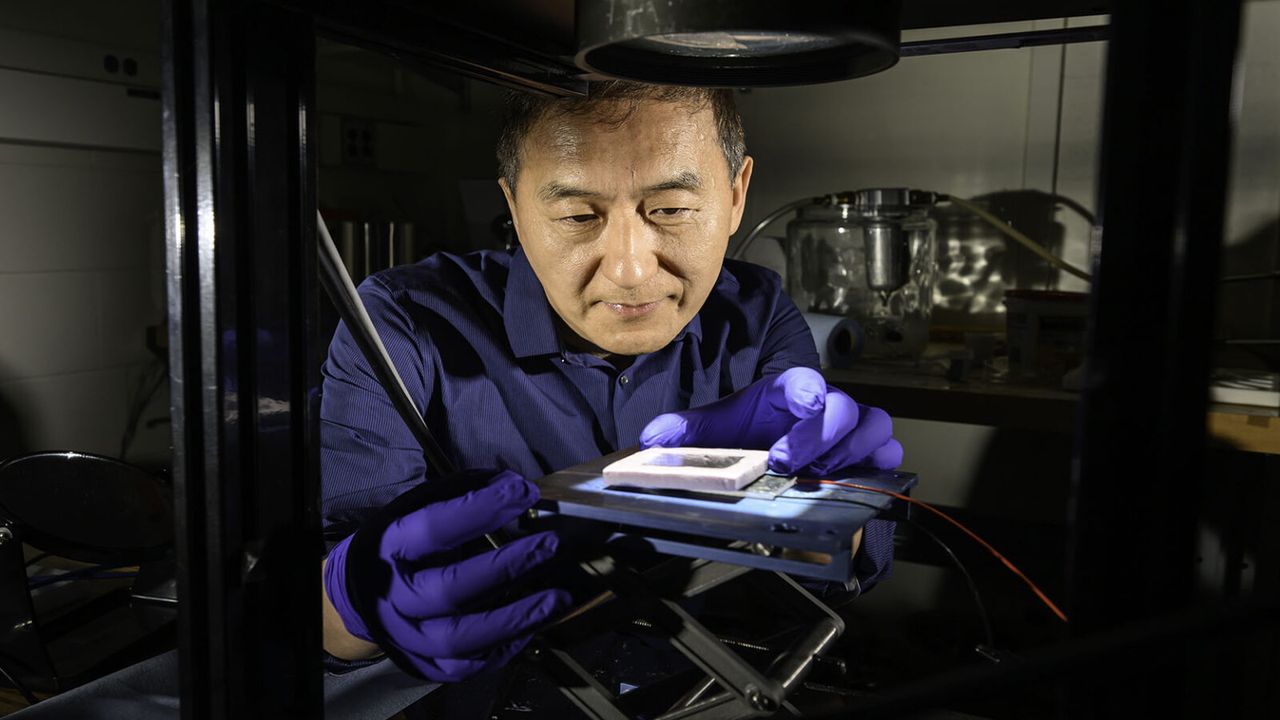Now Reading: Laser-Treated Metal Promises 15x Boost in Solar Efficiency
-
01
Laser-Treated Metal Promises 15x Boost in Solar Efficiency
Laser-Treated Metal Promises 15x Boost in Solar Efficiency

Quick Summary
- Researchers at the University of Rochester have developed a “black metal” using laser-etched techniques, significantly improving solar thermoelectric generators (stegs) efficiency.
- STEGs convert heat into electricity via the Seebeck effect but traditionally have efficiencies below 1%.
- This study enhanced the performance of both the hot and cold sides of a STEG using nanoscale grooves etched on metal surfaces to increase heat absorption and dissipation.
– The “hot side” had tungsten treated with femtosecond laser pulses to improve thermal radiation absorption, combined with a plastic layer for heat trapping.
– On the “cold side,” aluminum was laser-treated to create advanced microstructures that dramatically improved heat dissipation efficiency.
- The modified STEG showed a 15-fold improvement in power generation and successfully powered an LED under test conditions more efficiently than traditional models.
- While not promptly viable for replacing large-scale solar farms, researchers envision applications in low-power IoT sensors, wearable devices, or off-grid rural energy systems.
Indian Opinion Analysis
This breakthrough in boosting solar energy efficiency through innovative materials could hold importance for India as it continues its transition toward renewable energy. With India’s ambitious net-zero targets by 2070 and its critically important reliance on solar power capacity expansion under programs like PM-KUSUM or National Solar Mission, advancements in technologies such as STEGs could complement traditional photovoltaic systems.
The potential submission of these strengthened thermoelectric systems aligns well with India’s emphasis on decentralized renewable energy deployment. For rural areas currently underserved by grid connectivity or facing erratic power supply issues, small-scale systems leveraging this technology might address critical needs sustainably. Similarly, integration into wearable or IoT devices can spur innovation for industries focused on tech-driven solutions.
However, scalability remains crucial; research is still in early stages and limited to lab results. India should closely monitor such innovations globally while simultaneously investing further into indigenous R&D efforts that adapt breakthroughs like this one to local needs effectively over time.
























